Boost Transformation Success with System Testing!
Unlocking project potential with advanced testing strategies for Digital Leaders
In the dynamic and complex landscape of digital transformation, the importance of system and software testing is something I can’t emphasise enough. These processes are crucial in ensuring that new digital tools not only meet the technical specifications but also align perfectly with business objectives and deliver on their promises. With experience in both the finance and IT functions, I have seen firsthand the transformative power of effective testing. To me, testing is not merely a phase in the project lifecycle; it is a strategic foundation that supports every aspect of digital transformation.
For complex environments like finance, where both accuracy and compliance are paramount, testing serves as a safeguard against potential failures that could lead to significant monetary loss or damage to reputation. Reflecting on my early days in digital transformation, I can recall multiple instances where overlooked testing led to substantial challenges. I often think, "Whenever a system deployment becomes messy, it can often trace back to insufficient testing upstream. While it might seem arduous, thorough testing ensures that the necessary checks are in place before changes go live helping prevent costly errors when they are most difficult to correct."
This approach to system and software testing sets the stage for our discussion on its pivotal role in project success. My experiences underscore the value of testing not just for bug detection but as a critical component of strategic project management that ensures technology fully serves its intended purpose within a business context. As we deep dive into the nuances of testing in digital projects, we will explore how it shapes outcomes and why it's considered an essential investment in the project’s future success.

The value of Testing in Digital Transformation
The value of Testing in Digital Transformation
Testing is a cornerstone of any successful digital transformation initiative. It is through rigorous and methodical testing that we ensure the deployment of dependable, efficient, and effective technology solutions. In my career, testing has consistently served as a pivotal factor in both pre-empting potential failures and in fine-tuning systems to better align with strategic business goals. This approach not only mitigates risks but also maximises the transformative potential of your technology investments.
The role of testing extends beyond just identifying faults and bugs. It involves verifying that every part of the system interacts seamlessly within the existing infrastructure and performs as expected under various scenarios. This is particularly critical in finance functions where data integrity and system reliability are non-negotiable.
From my experience, the failure to thoroughly test an IT system can lead to disastrous outcomes, such as the TSB system meltdown in 2018. This incident could have been prevented with a more robust testing protocol, underscoring how essential rigorous testing is to avoid significant reputational damage and monetary loss.
Moreover, effective testing plays a crucial role in stakeholder management. By involving key stakeholders in the testing process, we not only ensure the system meets their needs but also build their confidence in the project. Stakeholders need to see and understand how the new system will work, which builds their trust and reduces resistance to change.
I've seen firsthand how robust testing processes can transform stakeholder scepticism into advocacy, turning potential project critics into champions of the technology. This shift is fundamental in driving the success of digital transformation efforts, as it ensures that the project has the necessary backing and resources to thrive.
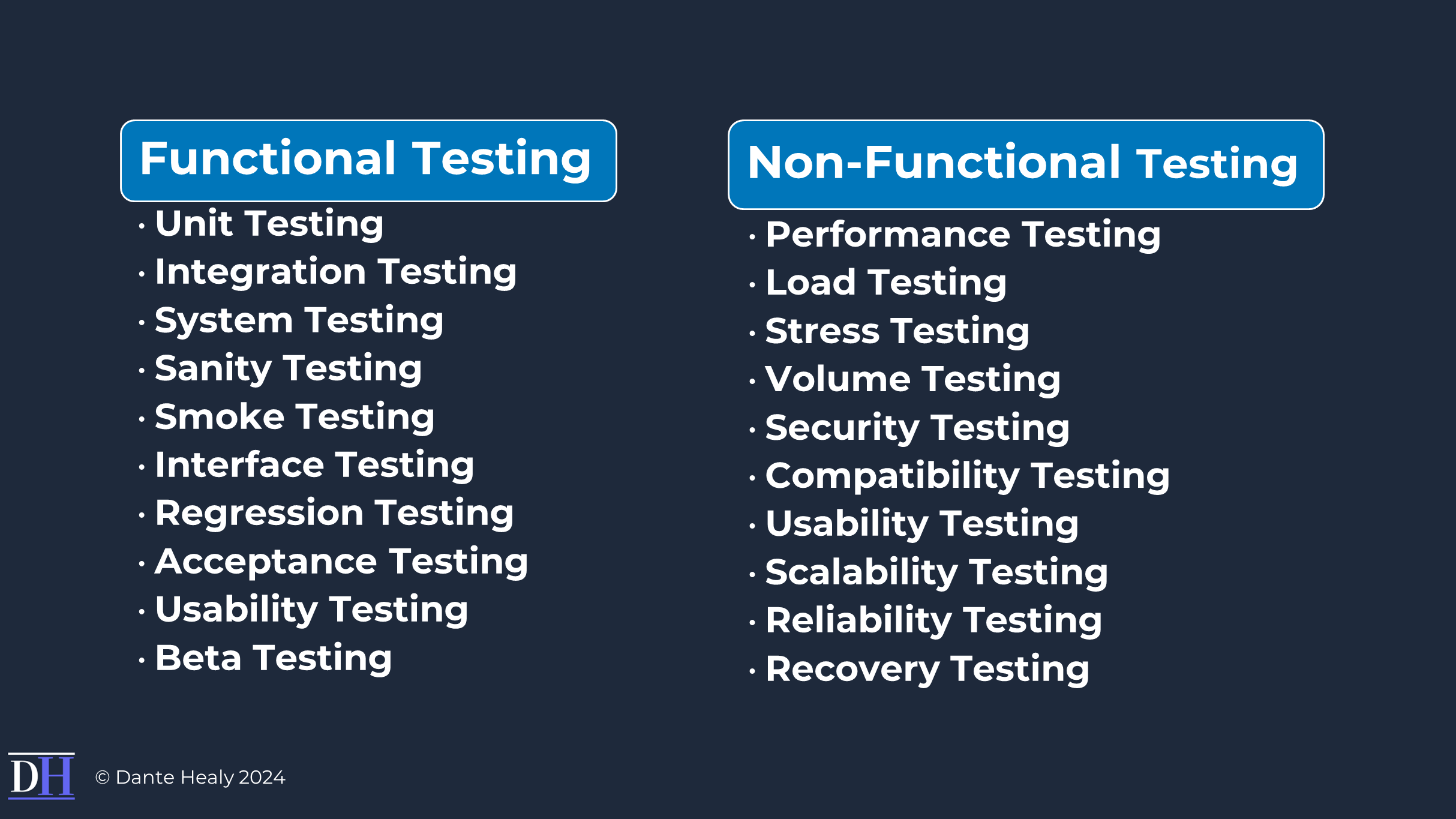
Types of Testing used in Digital Projects
Types of Testing used in Digital Projects
In the area of digital transformation, employing a comprehensive suite of testing types is crucial for ensuring that systems not only function correctly under a variety of conditions but also meet rigorous performance and security standards. My own experience has taught me the importance of implementing a multi-faceted testing approach, which includes everything from unit testing to more specialised tests like performance and security testing. Here’s a closer look at the key types of testing essential for successful project delivery.
Unit Testing is the foundation, where individual components or modules are tested in isolation to ensure each performs correctly. This phase is vital for identifying and fixing bugs early in the development process, significantly reducing later remediation costs.
Integration Testing follows, focusing on the interactions between modules to ensure seamless functionality as parts of a larger system. This is particularly crucial in environments like finance, where different systems interact continuously.
System Testing examines the complete, integrated system against its specified requirements to confirm overall system compliance. This is then complemented by User Acceptance Testing, often conducted by end-users, to verify whether the system meets business needs and user expectations. It’s critical for securing user approval and operational viability.
Beyond these basics, specialised types of testing play critical roles:
- Performance Testing measures the system's responsiveness and stability under various load conditions. It ensures that the system can handle expected traffic and process transactions swiftly, a non-negotiable requirement in high-stakes finance environments.
- Security Testing probes for vulnerabilities and ensures data integrity and privacy, guarding against breaches that could lead to significant financial and reputational damage.
- Stress Testing pushes the system beyond normal operational capacity to see how it handles extreme conditions. This test helps identify the breaking points of a system, ensuring that it remains robust under stress.
- Smoke Testing, often called “build verification testing,” is a preliminary test to check whether the most crucial functions of a program work, but without going into finer details. It’s conducted to assure that major failures are caught before a product goes into deeper testing or live deployment.
- Regression Testing ensures that recent changes haven’t adversely affected existing functionalities. It's crucial for continuous improvement cycles in integrated environments.
- Usability Testing assesses how user-friendly the system is, an important aspect when fostering technology adoption among teams less familiar with new digital tools.
Each testing phase builds upon the previous, ensuring comprehensive coverage that not only meets technical specifications but also aligns with user and business requirements. This robust approach is indispensable, particularly in the stringent fields of finance and technology, where precision, reliability and user confidence are paramount.
By the time a project reaches deployment, having undergone these rigorous testing stages, it should not only function flawlessly but also deliver on its promise of enhancing business operations and user satisfaction.

Key Benefits of Effective Testing
Key Benefits of Effective Testing
Effective testing is more than a checkpoint in the project lifecycle; it is a strategic tool that ensures digital transformation projects deliver best results while minimising risks. Through my years of steering projects in both finance and technology sectors, I have found a few key benefits that robust testing brings to digital transformation initiatives.
Risk Reduction is the most immediate benefit of comprehensive testing. By finding issues early in the project lifecycle, testing mitigates the potential for major disruptions that can result from system failures. For instance, during a major system overhaul for a financial client, early-stage testing uncovered a critical compliance issue that could have led to significant regulatory penalties if deployed unchecked. Addressing this early not only saved the client from potential fines but also protected their reputation in a highly competitive market.
Quality Assurance is another crucial outcome of effective testing. It ensures that the final product not only functions as intended but also meets all quality standards set by stakeholders and regulatory bodies. This comprehensive approach to quality is vital in keeping the high standards expected in digital projects, especially those involving intricate financial services. Ensuring that each part functions correctly and integrates seamlessly into existing systems helps in achieving a high-quality product launch that stakeholders can rely on.
User Satisfaction plays a critical role in the success of any digital transformation project. Effective testing directly contributes to user satisfaction by ensuring that the system is intuitive, reliable, and meets the user's needs. For example, during the user acceptance testing phase of a recent project, user feedback led to adjustments that significantly improved the system's usability and efficiency. This not only enhanced the user experience but also increased user engagement and adoption rates, which are key indicators of a project's success.
Through these benefits, effective testing not only safeguards the technical aspects of a project but also enhances its strategic value, ensuring that the investment in digital transformation yields tangible returns. This is why I advocate for a testing regime that is as rigorous as it is comprehensive, ensuring that every project not only meets but exceeds expectations, thereby driving business growth and innovation in an ever-evolving digital landscape.
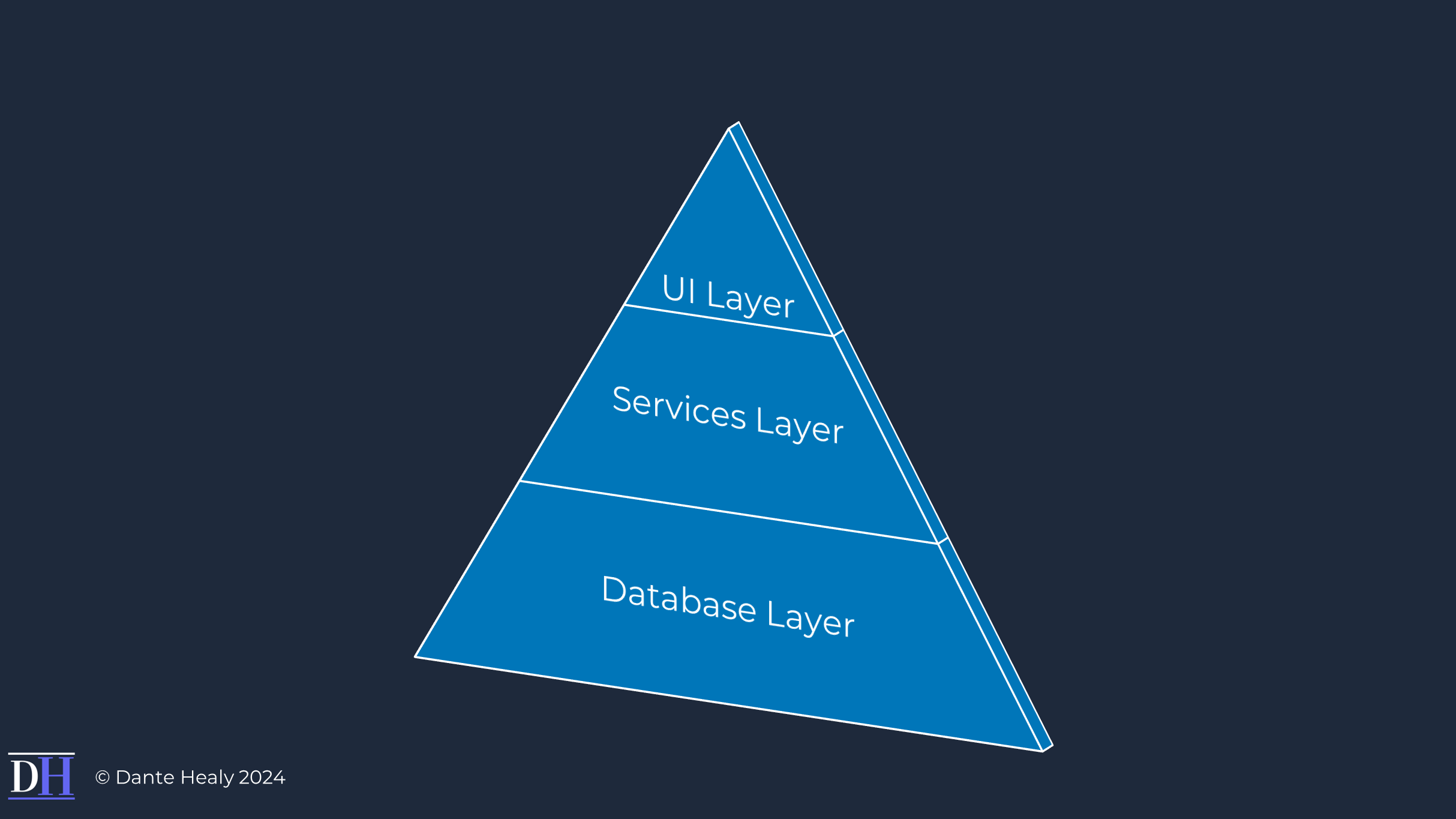
Challenges and Solutions
Challenges and Solutions
Navigating the complexities of system and software testing in digital transformation projects presents a series of challenges. My experience has equipped me with the insight to identify these hurdles early and implement effective strategies to overcome them, ensuring that the testing phase contributes positively to the project's overall success.
Resource Limitations often appear as a significant challenge, especially in ambitious projects with tight timelines. In many instances, there might not be enough qualified testers available, or the budget may not stretch to cover extensive testing scenarios. To mitigate this, I advocate for prioritising test cases based on risk and impact. This approach ensures that resources are given to test the most critical aspects of the system, thereby refining the use of available resources without compromising on quality.
Technical Debt in legacy systems also poses a substantial challenge. These systems are often riddled with outdated code and processes that can hinder the integration of new technologies. During one of my projects at an automotive bank, we met many setbacks while trying to automate processes on an AS400 platform using COBOL. The initial unit tests passed, but the system failed during the final regression tests. To address these challenges, I developed a strategy of incremental improvements and rigorous regression testing. This allowed us to isolate and address issues systematically, significantly reducing the impact of technical debt on project timelines.
Cultural Resistance to new systems can also be a formidable barrier. This often stems from a lack of transparency and communication between IT groups and business stakeholders. To overcome this, I emphasise the importance of collaborative partnerships and open communication channels throughout the testing process.
By involving stakeholders early and often in the testing process, and clearly communicating both limitations and expectations, we foster a culture of transparency and trust. This not only smooths the implementation process but also aligns all parties towards a common goal.
Each of these challenges requires a thoughtful approach and strategic solutions. By addressing these effectively, we can ensure that system and software testing not only supports but enhances the success of digital transformation projects, leading to systems that are robust, reliable and ready to meet the demands of modern business environments.

Testing Best Practices for Digital Projects
Testing Best Practices for Digital Projects
Effective system and software testing is pivotal for the success of digital transformation projects. Drawing from my extensive experience, I’ve distilled several best practices that ensure testing processes are both efficient and effective, aligning with the overarching project goals and delivering value.
Developing a robust testing strategy is fundamental. This begins with a clear understanding of the project’s goals and the critical success factors. From there, it’s crucial to define what success looks like in terms of testing outcomes and to tailor the testing phases accordingly. For example, finding the most critical functionalities that carry the highest business impact and prioritising their testing not only optimises resources but also aligns the testing efforts with business priorities.
Implementing advanced testing tools and technologies enhances testing efficiency and accuracy. Automation tools can significantly reduce the time and effort needed for repetitive tests, allowing testers to focus on more complex testing scenarios and analysis. Moreover, employing modern tools like AI-driven test automation can enhance the coverage and speed of testing processes, gaining greater coverage in less time, with fewer errors.
Having a culture of continuous improvement within the testing team is also crucial. Encouraging testers to stay current with the latest testing methodologies and technologies is vital. Regular training sessions and workshops can help keep high skill levels and foster a proactive approach to testing challenges. Furthermore, creating a feedback loop where testers can share insights and learnings from each project helps in refining testing practices continually, leading to better outcomes with each project.
Maintaining open communication with all stakeholders throughout the testing phase is essential for aligning expectations and addressing concerns as they arise. Regular updates, demonstrations, and review sessions with stakeholders not only keep them informed but also engaged, ensuring their ongoing support and input, which can be invaluable in navigating the complexities of digital projects.
By adhering to these best practices, we ensure that the testing phase of digital transformation projects is not just a tick the box formality but a strategic component that significantly contributes to the project’s success. This approach not only helps in mitigating risks but also ensures that the digital solutions delivered are of the highest quality, fully functional, and aligned with user expectations and business needs.
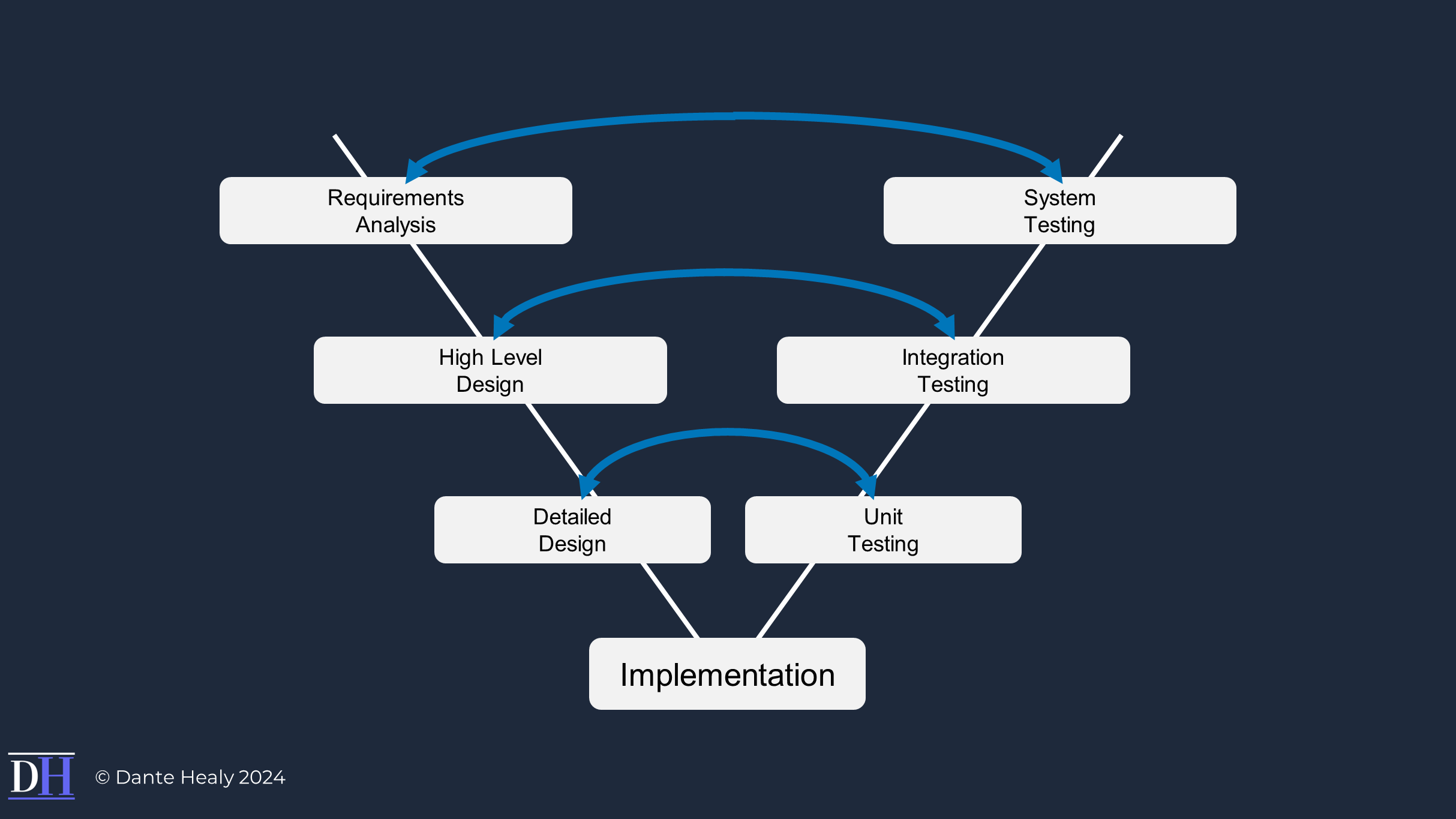
Case Studies
Case Studies
The practical application of rigorous testing methodologies illustrated
through specific case studies from my career, where effective testing
strategies directly contributed to the success of digital transformation
projects. These examples underscore the importance of comprehensive testing and its impact on project outcomes.
TSB, a UK retail bank, attempted to migrate its customer records from an older banking system inherited from Lloyds Bank to a new system developed by its current owner, Banco Sabadell. This migration led to a massive disruption, with many customers being locked out of their accounts for weeks, and others reported seeing other customers' account details. The chaos was largely attributed to inadequate testing of the new system under real-world conditions before it went live.
Case Study 2: HP’s ERP Migration Issues (2004):
HP suffered significant operational issues following the migration of its North American ERP systems to a new centralised system. The migration led to order processing errors, and HP attributed around $400 million in lost revenue to the problems caused by the ERP deployment. The issues were compounded by insufficient testing and an underestimation of the complexity involved in integrating its old IT systems with the new ERP system.
Case Study 3: Hershey's SAP Implementation (1999)
Hershey’s attempt to overhaul its IT systems with an ERP system implementation of SAP is one of the most cited examples of ERP failure. The project aimed to modernise the company’s hardware and software systems but was rushed to complete before the Y2K deadline and the critical Halloween season. The new system failed spectacularly during its rollout, leading to an $100 million loss in sales and severe delivery issues. The failure was largely attributed to insufficient testing and preparation, as well as the timing of going live during their busiest season.
These case studies show the critical role that well-planned and executed testing plays in the success of digital transformation projects. How transformation failures occur through not addressing potential issues during the testing phase.
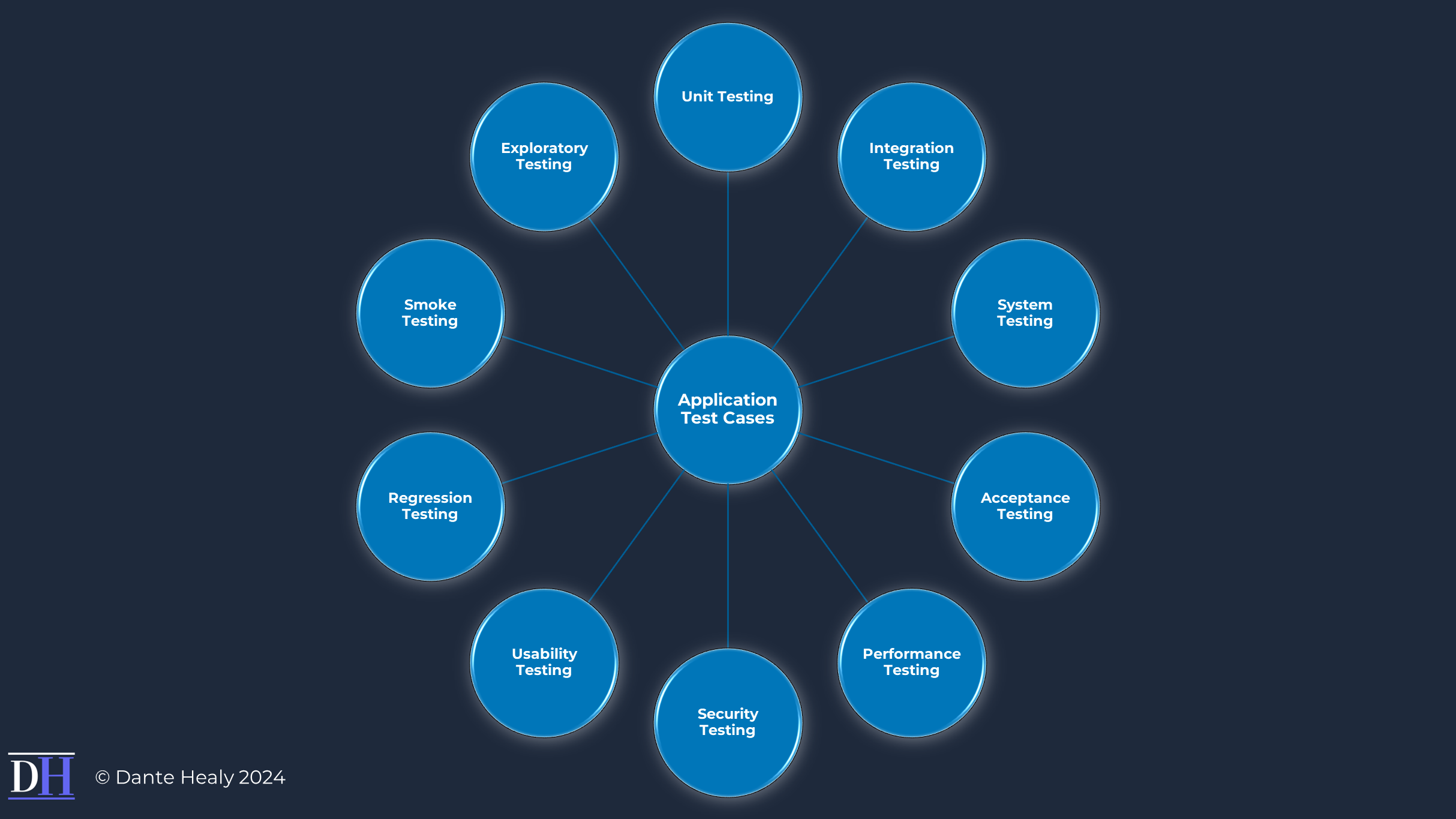
The future of Testing in Digital Transformation Projects
The future of Testing in Digital Transformation Projects
As we look towards the future of digital transformation, it’s clear that the role of system and software testing will continue to evolve, influenced by emerging technologies and shifting business landscapes.
New insights into upcoming trends in the intersection of finance and technology suggest several key developments that will shape testing methodologies and practices.
Artificial Intelligence and Machine Learning in Testing can revolutionise how we approach system and software testing. AI can automate complex test scenarios, reducing the time and effort needed while increasing the coverage and accuracy of tests. For instance, AI-driven tools can generate and execute thousands of test cases that mimic a variety of operational conditions, finding potential issues more efficiently than ever before. Moreover, machine learning algorithms can learn from earlier testing data, predicting and preventing future failures, thus enhancing the initiative-taking capabilities of testing teams.
Increased Emphasis on Security Testing will become even more critical as digital transformation projects encompass more of the core operational functionalities in finance and other sectors. As cyber threats grow more sophisticated, the need for robust security testing frameworks that can pre-emptively find vulnerabilities and protect sensitive data becomes paramount. This means integrating security testing more deeply into the development lifecycle, rather than treating it as a final checkpoint before deployment.
Integration of Testing with Development will also deepen, reflecting a shift towards more agile, iterative project methodologies. This integration, often referred to as shift-left testing, involves testing earlier in the development process to catch and correct issues before they become embedded in the codebase. This approach not only improves the quality of the software but also reduces the cost and time to fix issues.
Performance Testing for Scalability is another area that will see significant focus, especially as businesses continue to scale their digital operations. Performance testing will need to ensure that systems can manage not just current loads but also future expansions without degradation in service quality or user experience. This will be crucial for maintaining
competitiveness and customer satisfaction in a digital-first world.
Enhanced User Experience Testing will become a staple as customer expectations rise. Systems are tested not just for functionality but for user engagement and satisfaction, ensuring that digital solutions are intuitive and align with user habits and preferences.
These trends show a future where testing is not only about ensuring software works, but about guaranteeing it adds value, secures operations and enhances user experiences in measurable ways. As we advance, the role of a tester will transform into one that is as much about strategic insight and innovation as it is about technical acumen. This evolution will be crucial in navigating the complexities of future digital landscapes to ensure that digital transformations are successful, sustainable and secure.
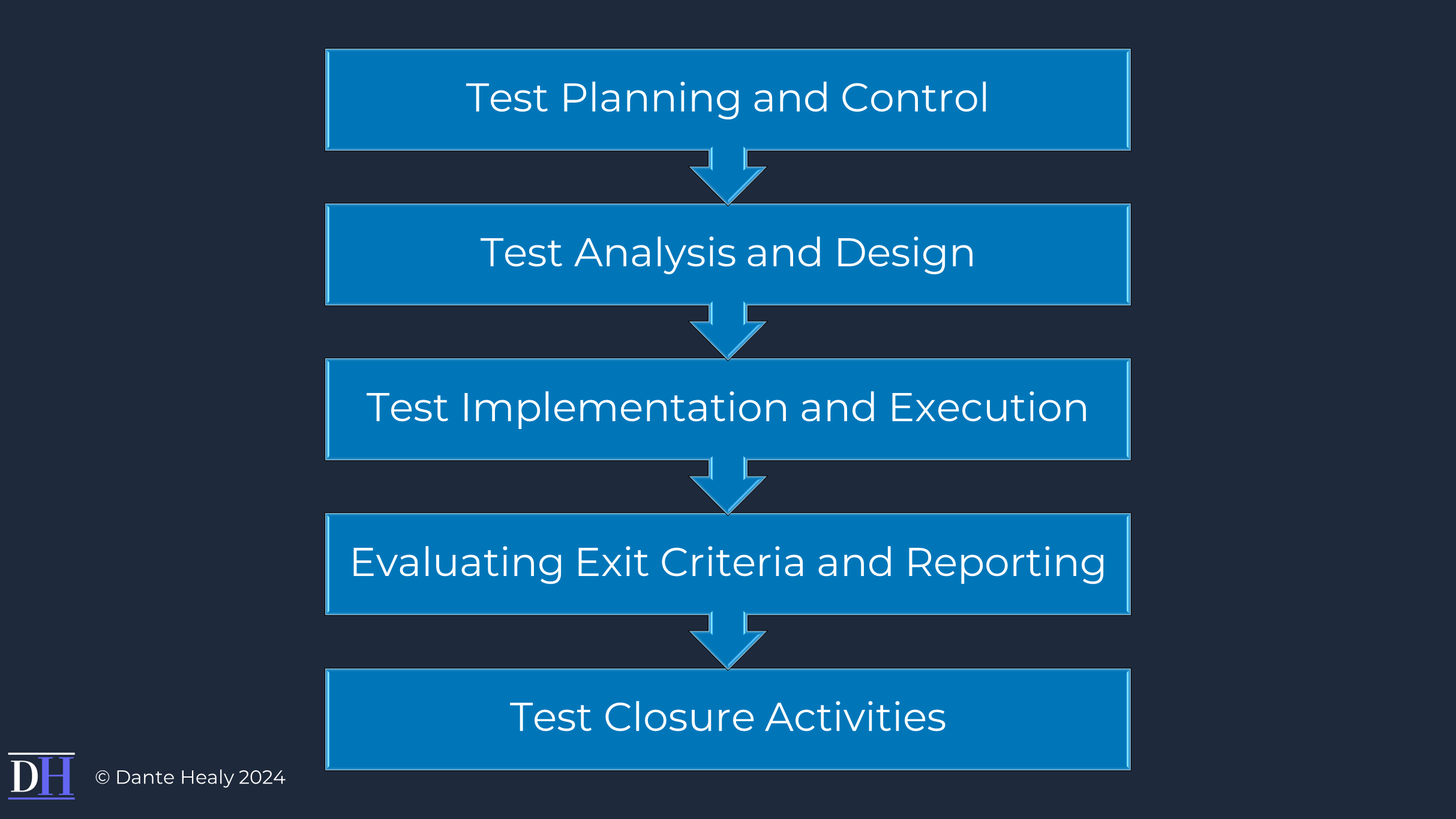
Next steps
Next steps
Having explored the crucial role of system and software testing in digital transformation, it's clear that mastering these practices is essential for anyone looking to excel in their digital transformation. If you're currently leading digital projects and are keen to enhance your outcomes through effective testing strategies, I'm here to help.
I invite you to reach out and discuss how to tailor your digital transformation strategies to fit your specific needs. Whether you're looking for one-on-one coaching, team training sessions, or guidance on setting up robust testing frameworks, my team and I are ready to help. Together, we can ensure your projects not only succeed but also set new standards in quality and performance.
Connect with me directly through email, visit the contacts page, or follow me on LinkedIn. Let's start a conversation about how targeted testing strategies can transform your digital initiatives into standout successes. Let’s make your next project a showcase of excellence in your industry.
Wrapping up
Wrapping up
Reflecting on the essential role of system and software testing in digital transformation projects, it’s clear that effective testing is not merely a procedural step but a cornerstone of strategic project management. My career across finance and technology sectors has shown me that a well-executed testing phase can significantly influence the success of a project, ensuring that digital solutions not only meet technical requirements but also deliver genuine business value.
The meticulous approach to testing I advocate for ensures that every digital initiative is based on a foundation of reliability, functionality and user satisfaction. This is particularly vital in an era where digital technologies are rapidly moving and becoming more deeply integrated into core business processes. In such a landscape, the stakes of digital transformation are high, as is the potential for transformative success.
Effective testing practices serve not only to mitigate risks but also to enhance the strategic impact of digital solutions, empowering businesses to achieve and exceed their transformation aims.
As we continue to navigate the complexities of digital transformation, the lessons learned from rigorous testing regimes should guide us. These lessons underscore the importance of embracing innovative testing technologies, prioritising security and focusing on the end-user experience. Moreover, the integration of continuous improvement processes in testing ensures that our methodologies evolve in line with technological advancements and changing business needs.
To conclude, the importance of system and software testing within digital transformation projects is vital. As digital transformation professionals dedicated to driving business growth through technology, we must remain committed to enhancing our testing strategies. This commitment will ensure that we not only keep pace with digital innovations but also harness them to deliver sustainable and impactful business outcomes.